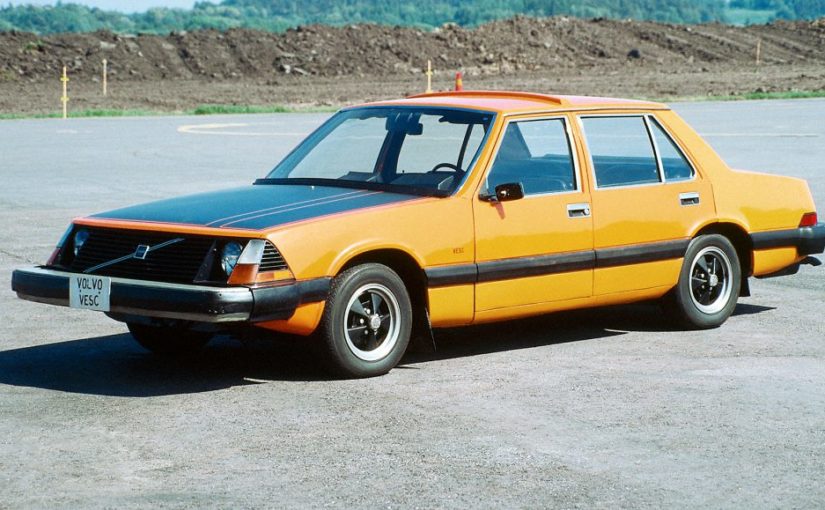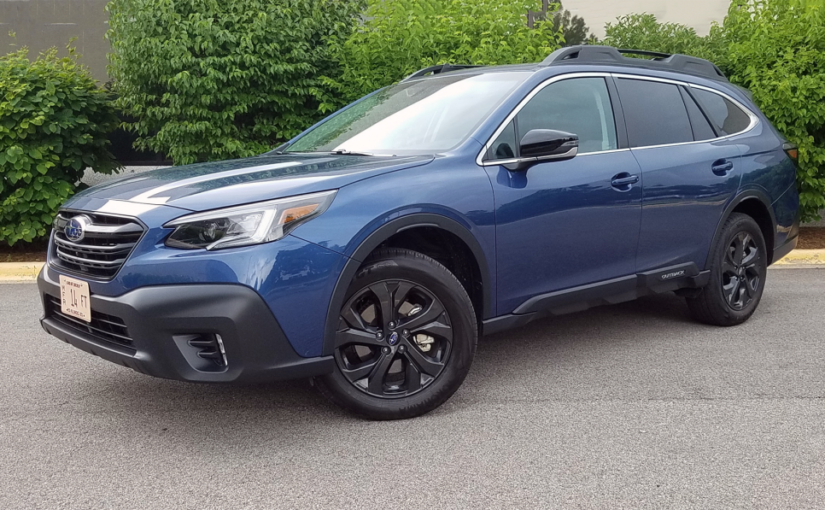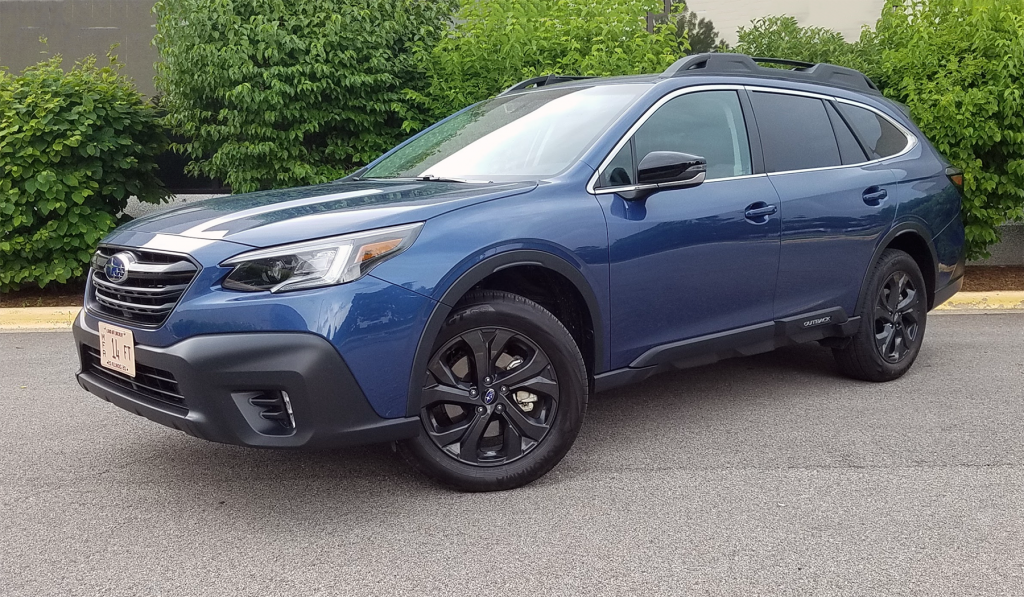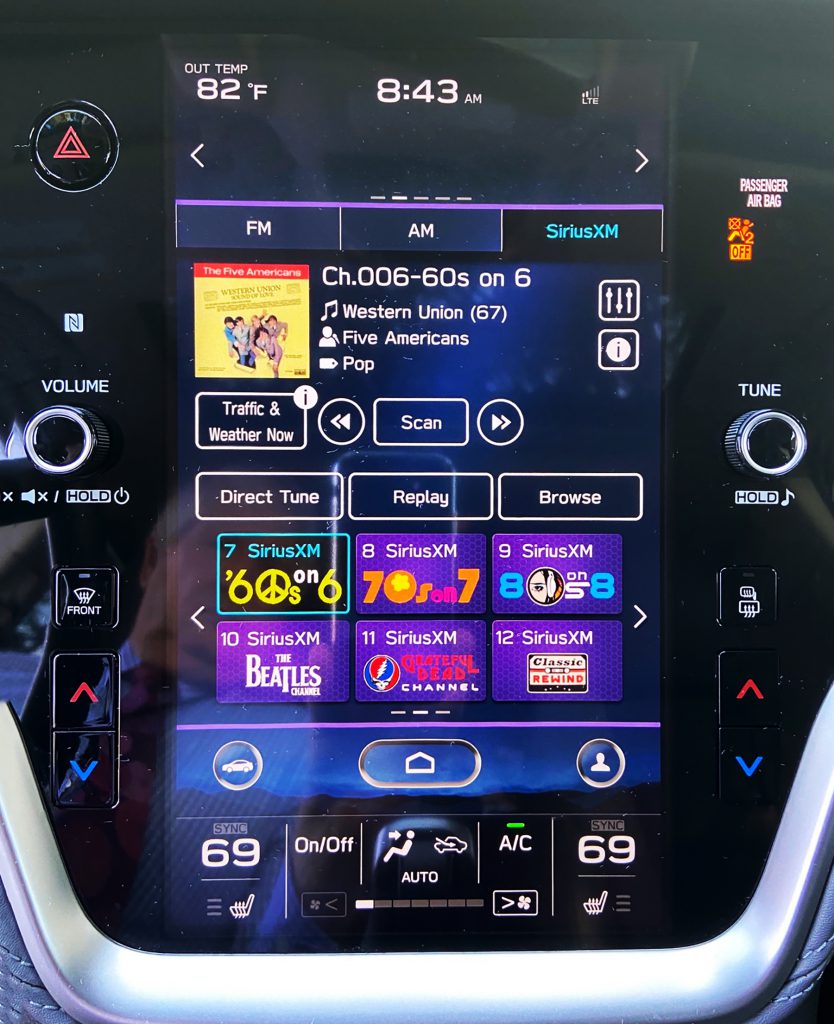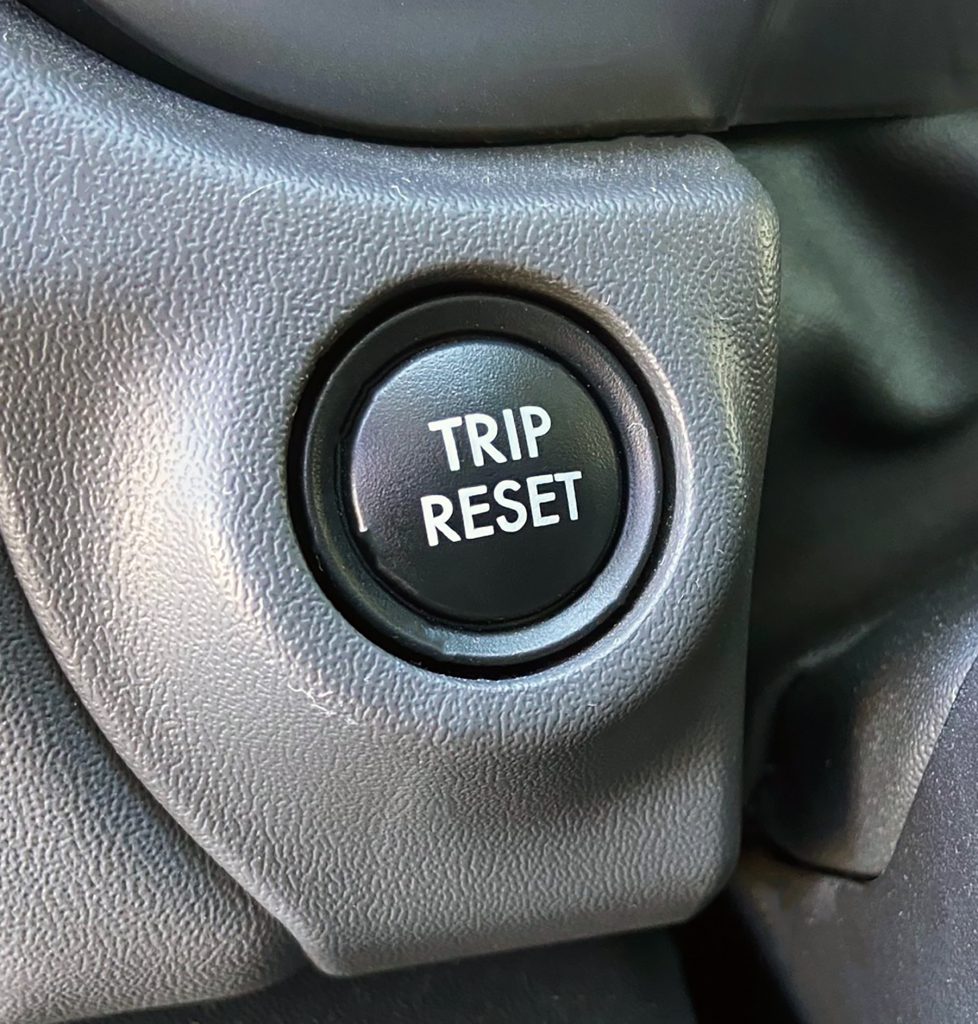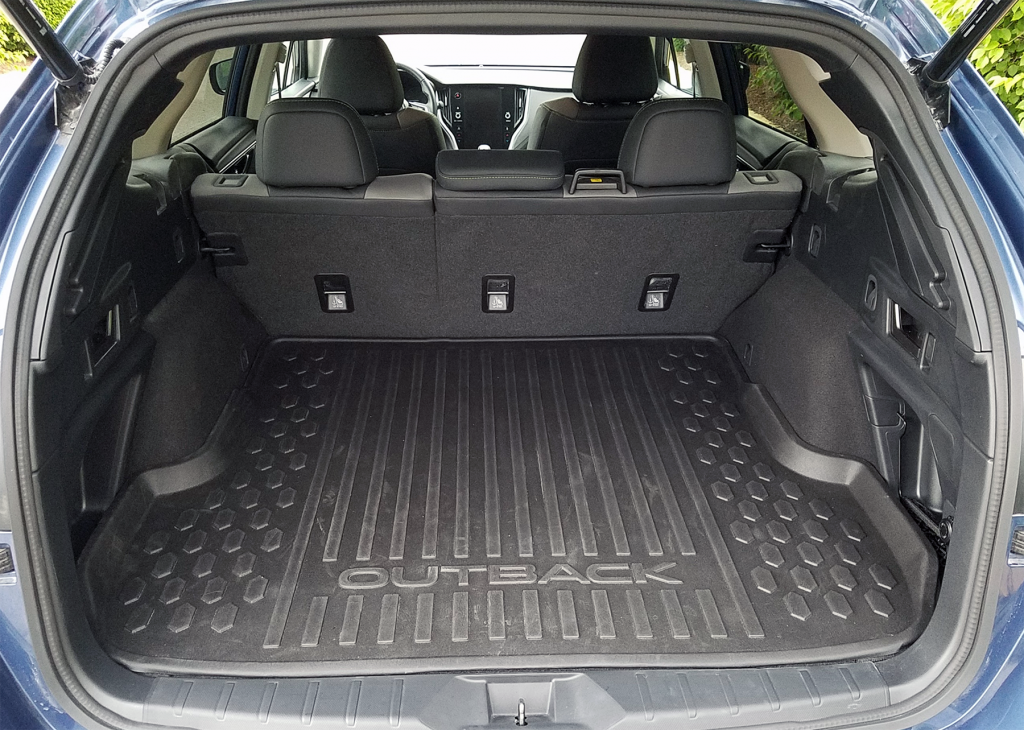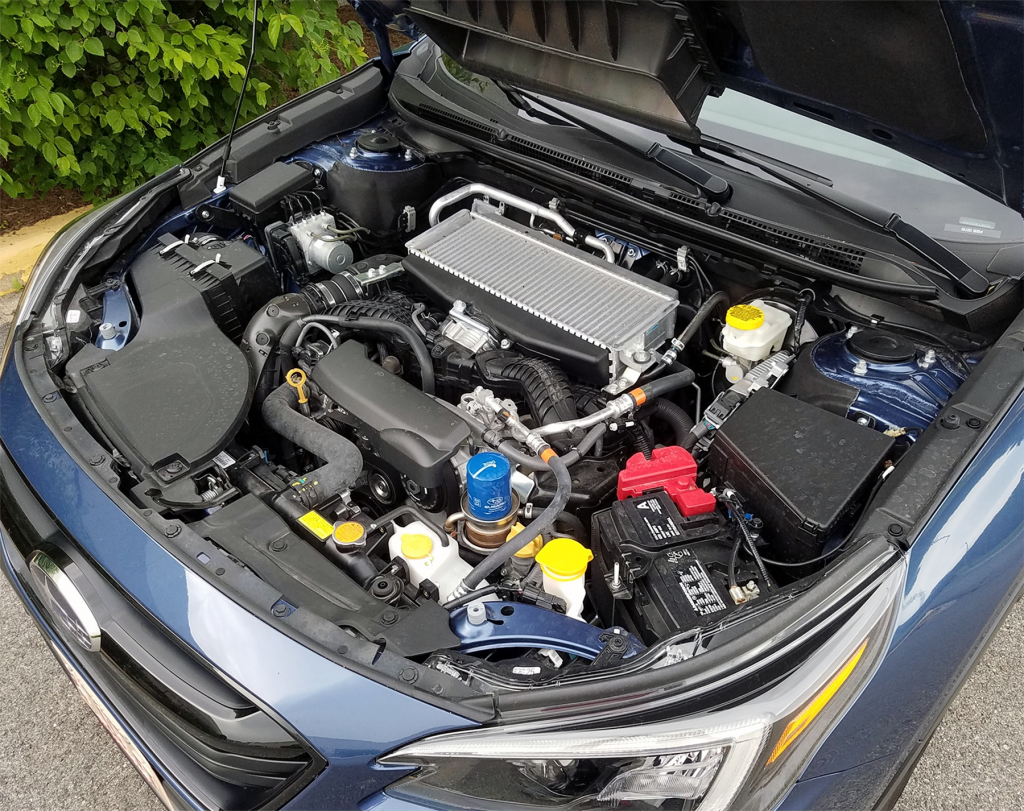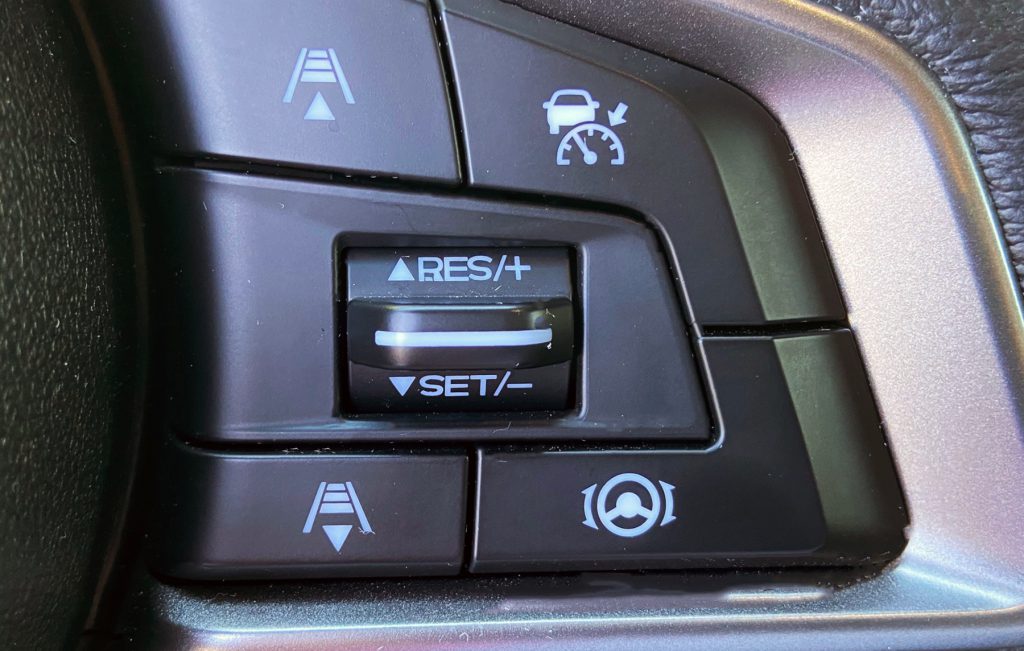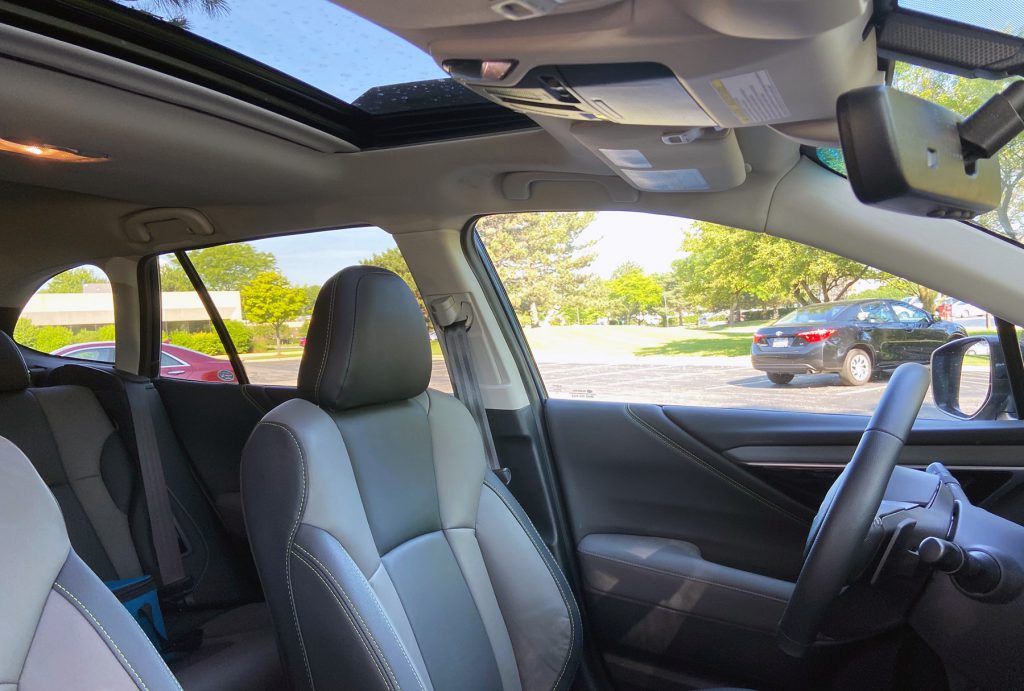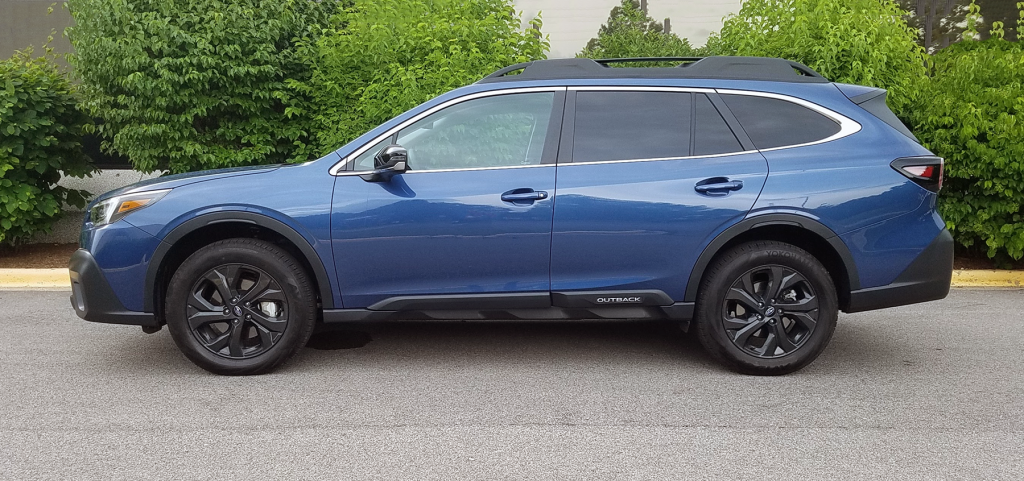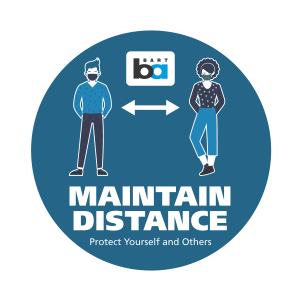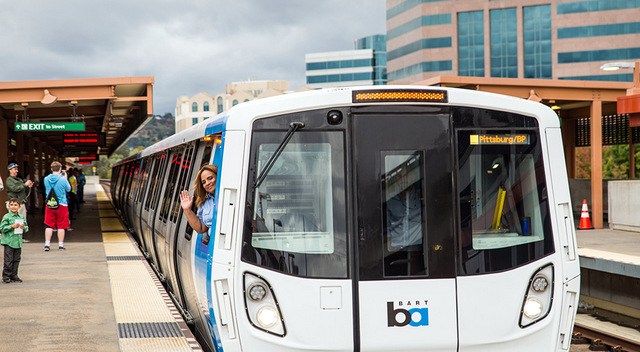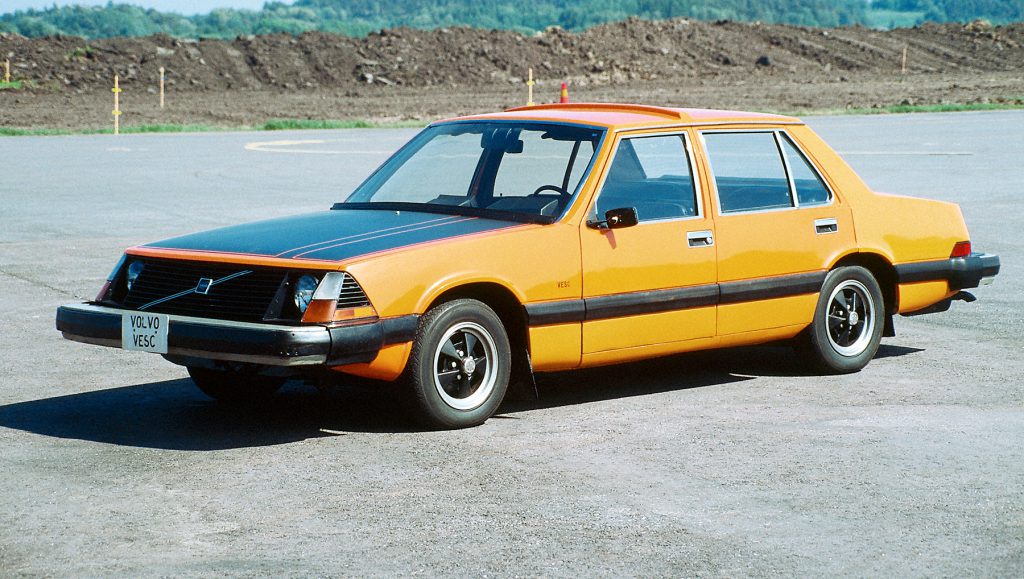
Volvo VESC Concept

This is an installment in a series of posts looking back on show cars that we feel deserved a little more attention than they got. If you have a suggestion for a Forgotten Concept topic, please shoot us a line or leave a comment below.
Volvo VESC Concept
First Shown: 1972 Geneva Motor Show
Description: Advanced safety-feature test mule
Sales Pitch: “Demonstrating Volvo’s leadership in this important area (safety).”
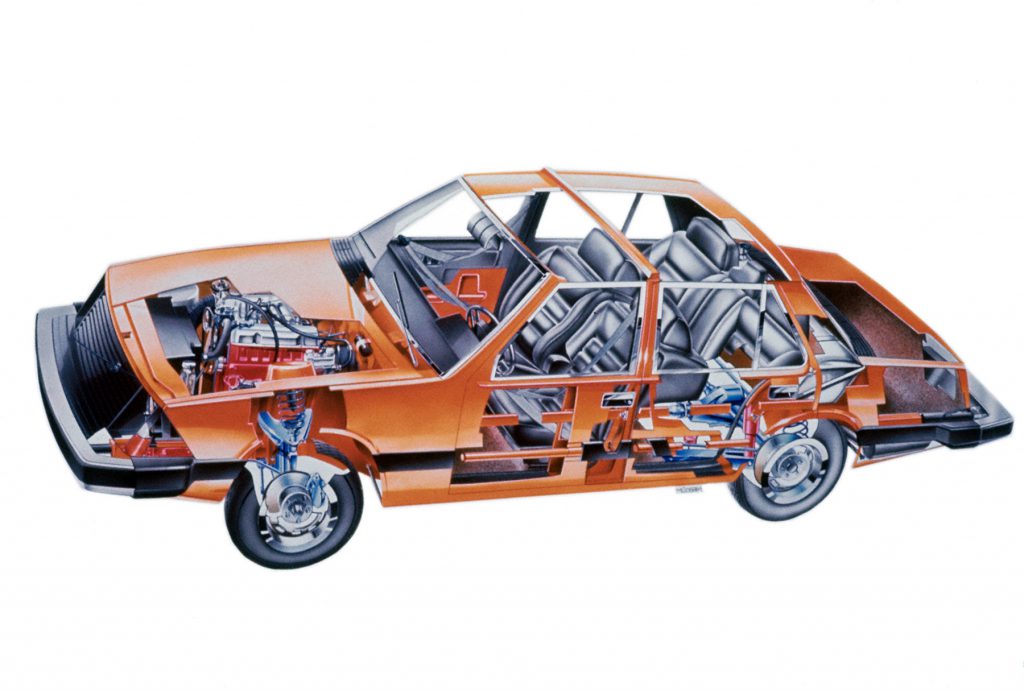
Volvo VESC Concept
Details:
First shown at the 1972 Geneva Motor Show, the Volvo Experimental Safety Car (VESC) was a rolling testbed for a number of cutting-edge occupant-protection features. Among them:
- Front and rear impact-absorbing bumpers
- Front and rear energy-absorbing crush zones
- Front-impact energy absorbing system which directed the engine under the cabin in the event of a collision
- Side-impact beams
- Four-wheel antilock disc brakes
- Backup warning system
- Front and rear airbags
- Padded front seat backs
- Door-anchored three-point front seatbelts
- Rear-view camera
In the name of reduced engine emissions, the VESC was equipped with a fuel-injected engine and a catalytic converter, the latter to reduce NOx emissions.
Designed for surviving a frontal impact at speeds up to 80 kph (50 mph), the VESC was considerably larger than the production Volvo models of the day, but it was predictive of the 200 Series coupes, sedans, and wagons that would be introduced in Europe for the 1974 model year.
Forgotten Concept: Porsche C88
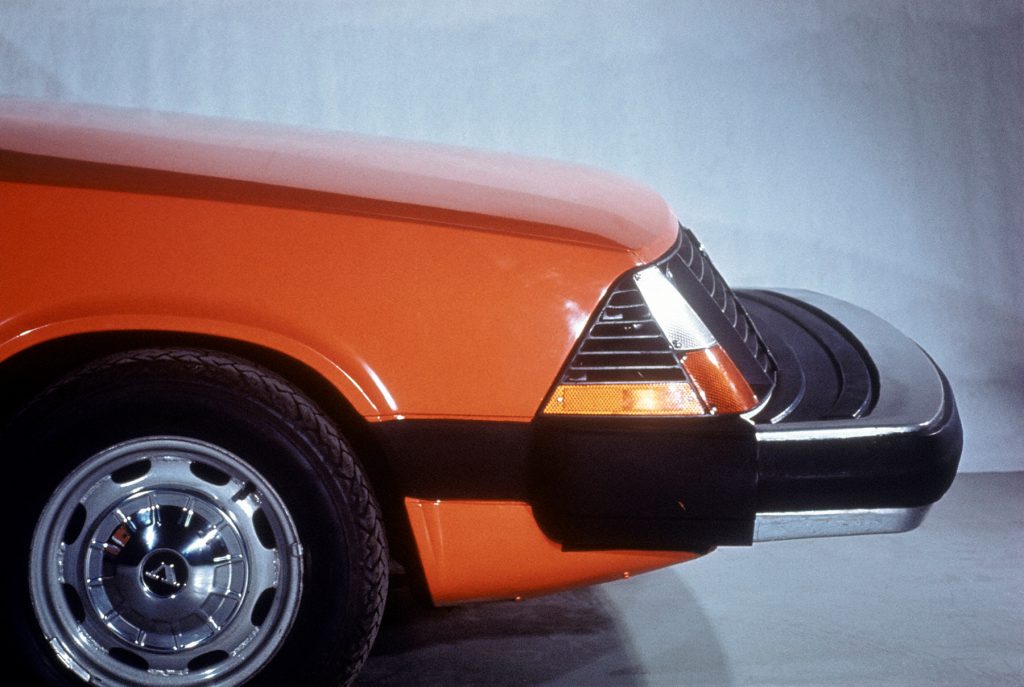
Volvo VESC Concept
CG Says:
Most impressive, perhaps, is that virtually every safety feature incorporated into the VESC way back in 1972 is now standard on every mainstream new car and truck. One of the features, side-impact-protection, wasn’t required by law in the U.S. until the 1994 model year–talk about your long-range planning.
I sort of miss the days of when Volvo took a style-be-damned attitude toward design, focusing instead on safety and space utilization. Seems the only feature from the VESC that never saw service in a production vehicle is the huge front-seatback cushions, and that’s probably a good thing.
Halifax: Volvo’s Forgotten North American Factory
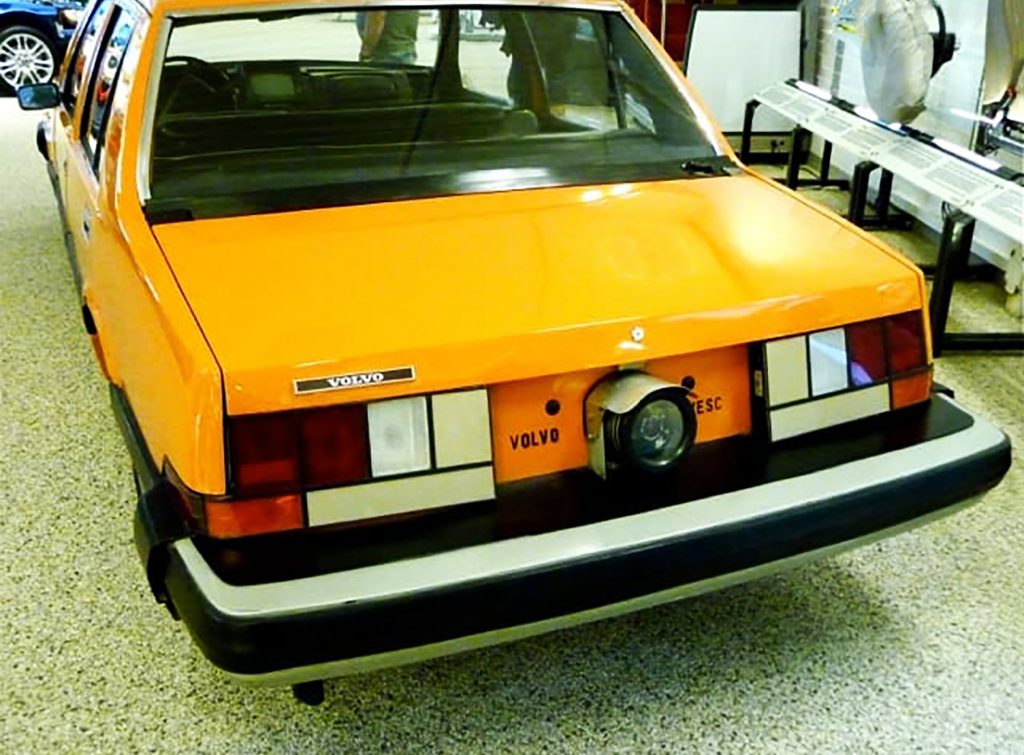
Volvo VESC Concept
Listen to the Consumer Guide Car Stuff Podcast
Concept Car Gallery
(Click below for enlarged images)
Volvo VESC
Volvo VESC
For GREAT deals on a new or used Nissan check out Nissan of Sumter TODAY!
